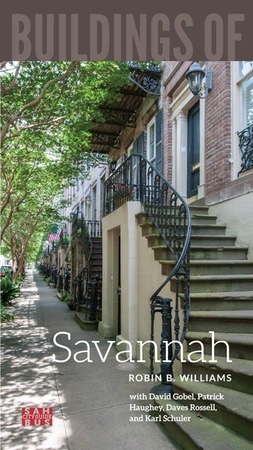
Laurel Grove Cemetery opened when Colonial Park Cemetery (6.21) closed, and together with Bonaventure Cemetery (17.1) to the east represents the city’s contribution to the rural cemetery movement. Overcrowded churchyards and serious health hazards led reformers to promote publically or privately owned cemeteries that foregrounded picturesque traditions of curvilinear roadways through natural surroundings. This might explain why Morse, a civil engineer from New Jersey contracted to create the Savannah Water Works, received the commission to design Laurel Grove. Meant to combine the park and the garden, rural cemeteries directly influenced the public-park movement. Laurel Grove features an original cast-iron entrance gate for the north cemetery, with a two-story, stuccoed keeper’s lodge to the right, a one-story porter’s lodge to the left, and a one-story public receiving vault, all in the Italianate style by Sholl and Fay. Monuments and sculpture of varied styles and materials adorn individual and family plots laid out across an undulating landscape of moss-draped live oaks and crepe myrtles. Laurel Grove also reflects the particulars of nineteenth-century discrimination, with Catholics prohibited, Jews segregated, and blacks relegated to bottomland farther from the city. In the late 1960s, the 37th Street exit from I-16 severed the north and south halves of the cemetery.

